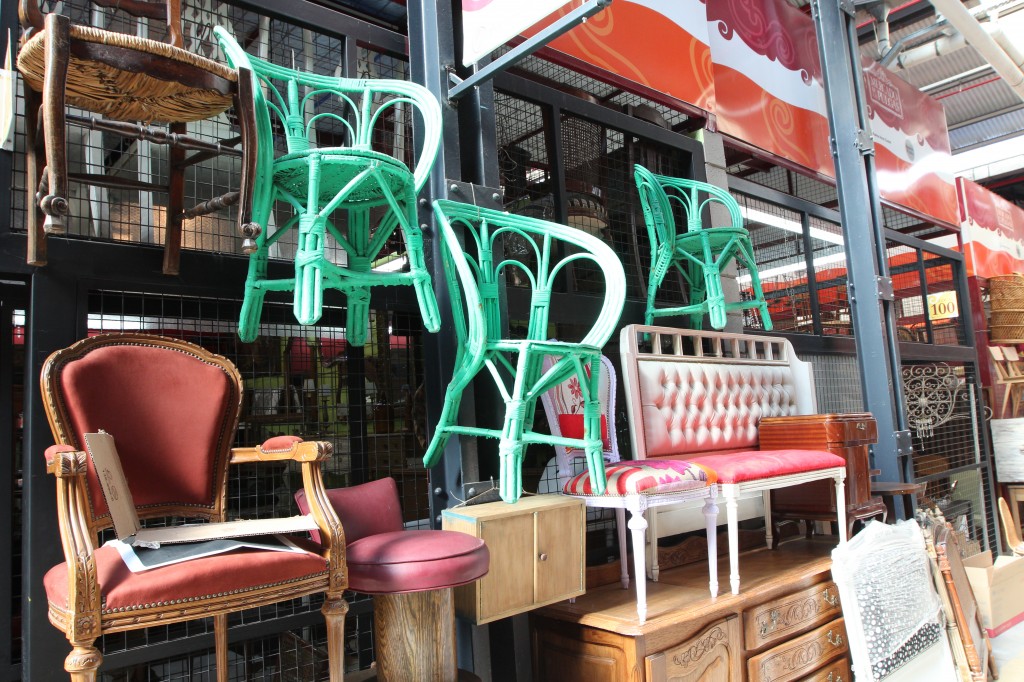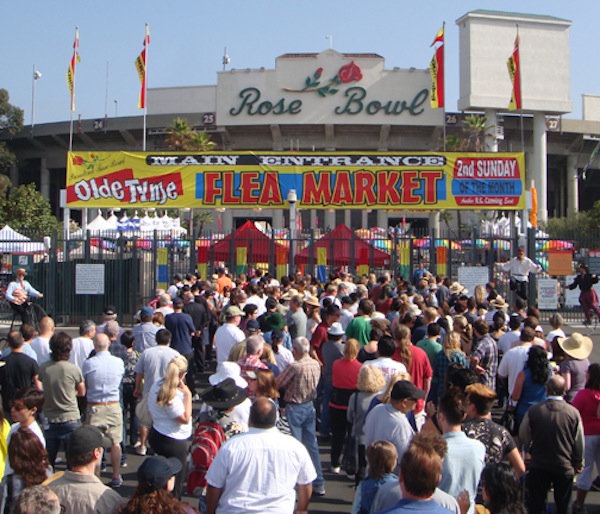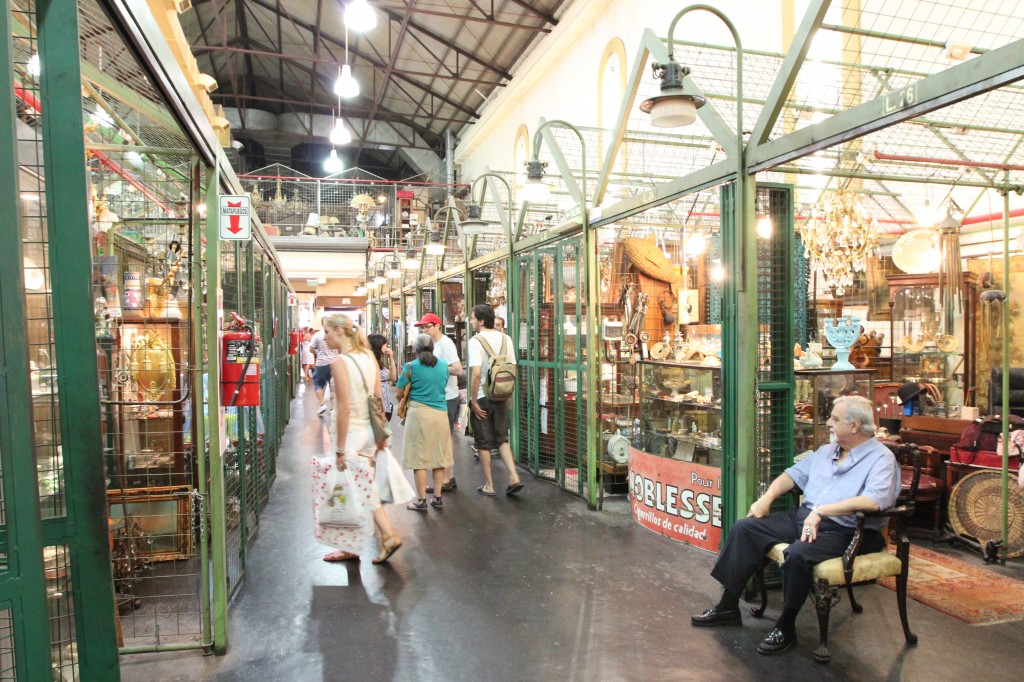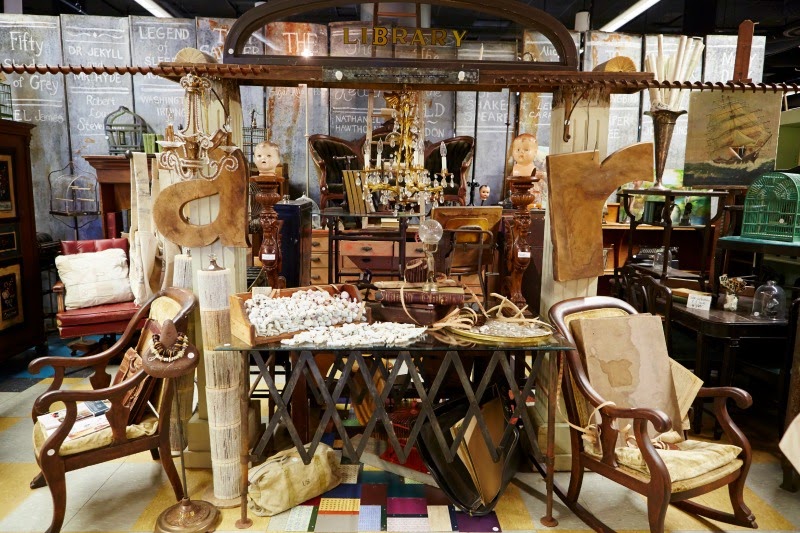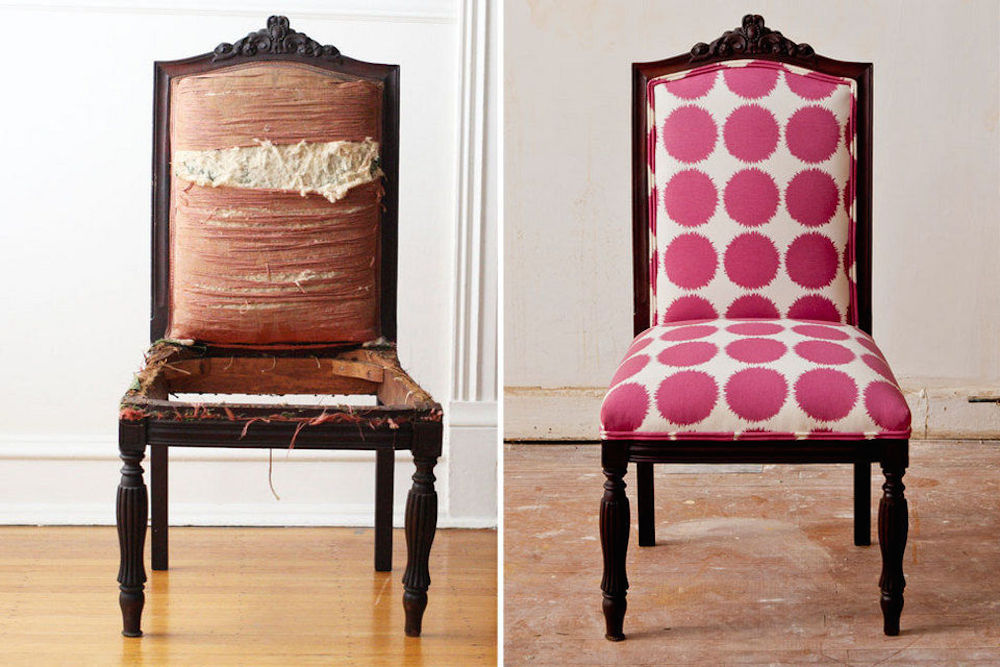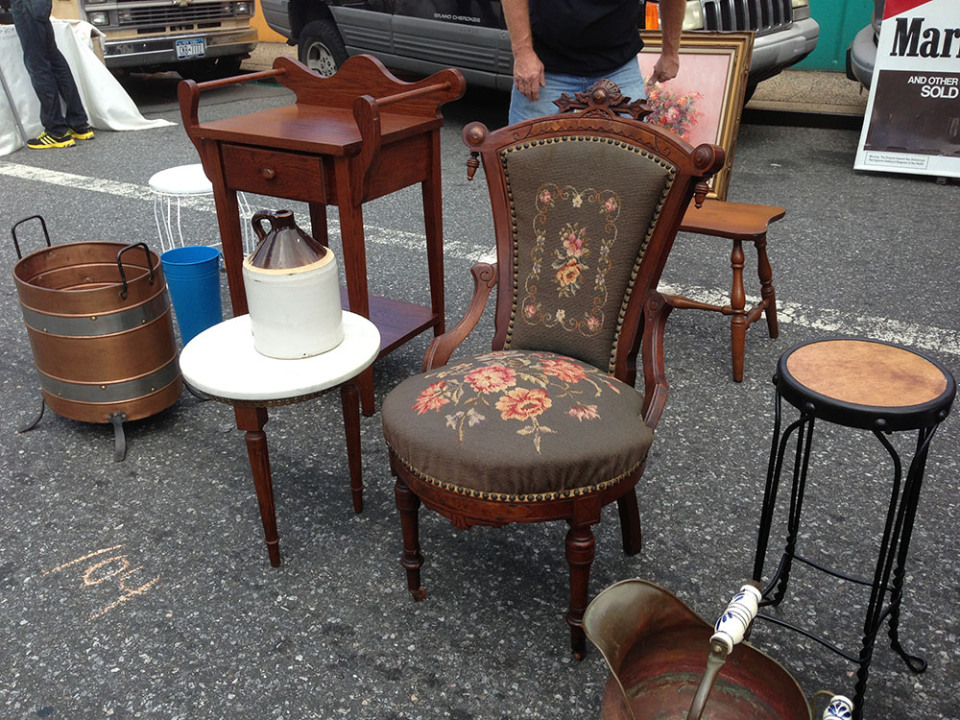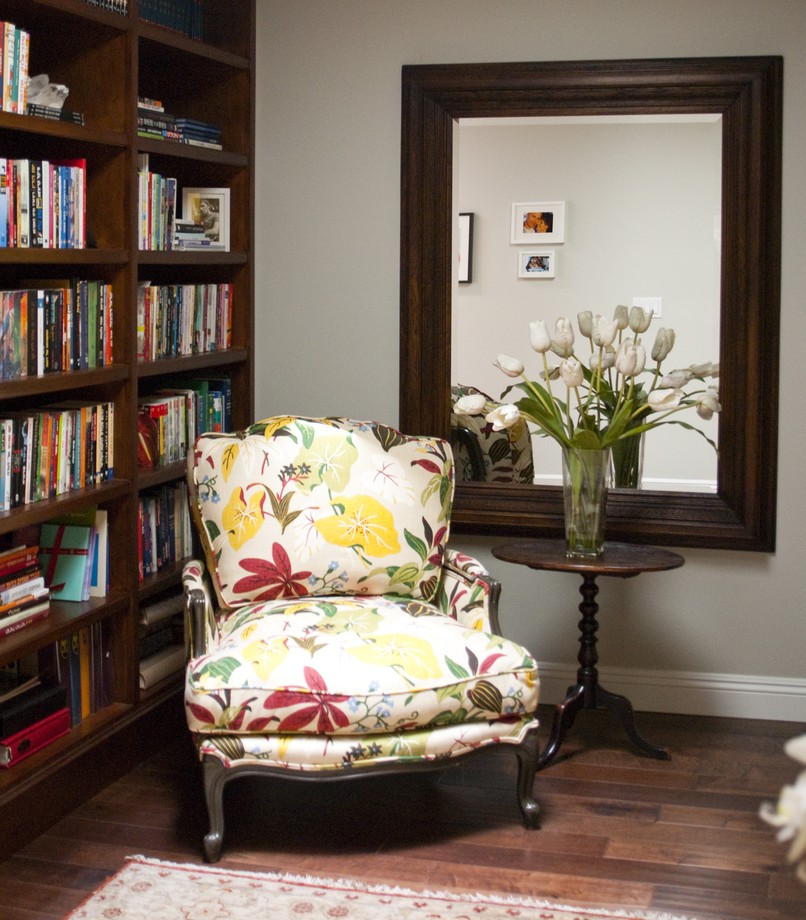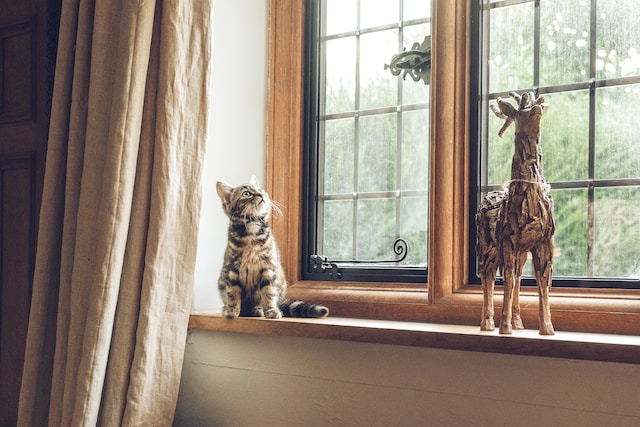The flea market is a wild and woolly place, full of strange objects and even stranger people. We all love a good flea market flip, but actually shopping at the flea market can be a little intimidating. When you’re staring down a sea of so-called treasures, how do you find the real deal?
These are our tried-and-true secrets for snagging the best flea market finds, every time. Test them out on your next flea market visit, and you’ll be well on your way to becoming an expert treasure hunter!
1. Get there early
There are only two instances in which it’s worth waking up at the crack of dawn on a Saturday: when you’re going fishing, and when you’re going to the flea market.
It’s tempting to roll into the flea market at eleven in the morning, after you’ve had a chance to eat breakfast, get a coffee, and sleep in a bit. On days when you just want to browse the market for fun and maybe score a knick-knack or two, that tactic works fine. But if you’re serious about snagging large pieces and really great values, remember: at the flea market, the early bird catches the flip.
Be at the market with cash in hand when the gates open, and be the first in line to get in there. Even an hour later, and you’ll have been beaten to the best finds by the professional designers and resellers who got there before you.
2. Keep your eyes on the prize
The flea market is a dazzling place, full of shiny, interesting things that make you want to become an actual hoarder. Resist the urge. Adorable salt shaker sets and depression glass vases will come and go. You’re on the hunt for bigger game. Stay focused.
Make a list of what you’d like to find before you get the the market. A midcentury console table for your entryway. A set of diamond-in-the-rough chairs for your dining room. A side table to make over with a cute coat of paint. Whatever it is, make a mental note of it. Once you get to the market, do a quick sweep with the rule that those items—and only those items—are what you’ll stop for. After you’ve accomplished what you came for, you can relax and do a second sweep for impulse buys that catch your eye.
3. Pay in cash
In our electronic age, it seems strange to carry cash. But if you don’t bring cash to the flea market, you’ll miss out big time.
Many vendors at the flea market will take check or credit card. But many will not—and those that do will be much less likely to give you a deal if you pay that way. The next time you’re at the flea market, try this trick: ask the vendor the price of the piece you want. Then, offer ten percent less, and payment in cash right then and there (paired with your biggest, shiniest smile, of course). Paying cash is an easy and painless way to save on your purchases, and the vendors will thank you for saving them the hassle of dealing with credit cards and checks. It’ll also save you the pain of finding the perfect item at a booth that doesn’t take credit cards.
4. Get your hands dirty
Flea markets are not for the faint of heart. There’s stuff everywhere, and most of it does not look pretty.
Shake off your squeamishness: if you want to score big, you have to go where others won’t. It’s tempting to just skim over the surface of the vendors’ booths, only paying attention to those items that are clean, pretty, and showcased up front. Resist that temptation, and indulge your inner treasure-hunter.
Look patiently at every piece of furniture. Dig deeply into the stacks of old carpets and the jungles of side chairs. Train your eyes to see the walnut side table under the ugly pair of cowboy boots, the tufted sofa under the boxes of records, and the fabulous (but dusty) kilim resting under everything. The best pieces will often be hidden in plain sight.
5. Look for good bones
You’ve probably heard it before: Buy furniture with good bones. But what does that actually mean?
Quality furniture has beautiful features that are separate from its superficial finishes. Like the dusty housekeeper who only needed a new dress and an updo to become Cinderella, a good piece of furniture only needs a makeover to really shine. When looking at a piece, squint your eyes and let your imagination run wild. What would it look like in your favorite color? With a fabulous fabric? With shiny, new-looking wood?
It’s pretty simple: fabric, upholstery, paint, and wood finish don’t really matter. A piece’s “bones”—what’s underneath all of that stuff—do matter. Paint can be stripped, upholstery can be changed, and wood can be refinished. Don’t let a piece’s “clothes” throw you off—instead, pay attention to its general shape, style, and quality.
5. Buy quality
Sounds good—but what is a quality piece of furniture? When considering a vintage piece, ask yourself these questions:
- Was this piece expensive when it was new? Time changes the value of a dollar, but expensive stays the same. If it was a trendy, throwaway piece then, then it probably still is now.
- Is it made of quality materials? This means: is it solid wood? Is it well-constructed? Was it put together in a way so that it won’t fall apart or break? If a piece feels rickety, think twice. Its screws could need tightening—or it could just be low quality. If it’s low quality, nothing you can do will fix it.
- Is it brand name? Look inside drawers and under tabletops for the maker’s mark. Use any information you can glean about the piece to do a quick online search for it on your phone. Often, you’ll find that the piece is not only brand name, but is collectible, and sometimes valuable. Score!
Of course, you don’t always have to buy quality items. With the right vision, pieces that would otherwise be considered junk can be made into awesome items for your home (this amazing brass-plated stool comes to mind). But knowing whether or not an item is quality can help you decide how much it’s worth to you.
7. Add up all the costs
Now that you’ve imagined your find after its makeover, make sure it’s still a good value.
To get your piece to its Cinderella glory, what will you need to do? Will you need to paint it? Refinish it? Reupholster it? Can you reupholster it yourself, or will you have to bring it to a pro? Is it so big that you’ll have to hire someone to haul it to your house?
Add all of the costs of making the piece perfect to its sticker price. Is it still worth it to you? If it is, snap it up immediately! If it’s not, don’t feel bad about letting it pass. There’s always another flea market, another day, and another fabulous diamond-in-the-rough to makeover.
Top Image Credit: Summer Thornton Design
Do you love shopping at flea markets? What are your tips and tricks for getting flea market finds?
